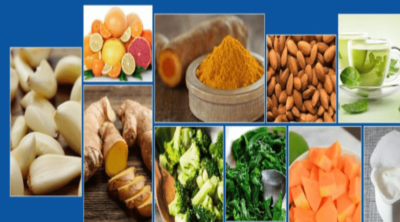
Whey protein isolate and whey protein concentrate are both forms of whey protein, which is a by-product obtained during the production of cheese. This write-up tells you what makes these two forms different from each other.
Whey protein is a rich source of protein that is derived from cow’s milk. It is basically a by-product of cheese production. Cheese is produced by curdling milk, and the watery part that is separated during the production of cheese is referred to as whey. Whey protein refers to the mixture of globular proteins that are isolated from whey. It is considered to be a complete protein, as it contains all the essential amino acids. It is further categorized into three forms: isolate (WPI), concentrate (WPC), and hydrolysate (WPH).
How is it Made
Whey is passed through fine filters so as to separate the globular proteins from other ingredients that form a part of this liquid. The concentrated whey is placed in an ion-exchange tower for purifying and concentrating it. After that, this concentrated form is processed and dehydrated in a drying tower. This concentrated powdered form is then packaged and is ready for use. WPI and WPC are the two forms of this protein, that vary in terms of protein and fat content. WPI comprises 90% or more protein and is a purer and more concentrated form, whereas the protein content in WPC lies between 29% and 89%. Unlike WPI, where the fat and lactose content is minimal, fat and lactose content is higher in WPC.
WPI Vs. WPC
Earlier, whey protein powder was mainly used by athletes. These days, many fitness enthusiasts and health-conscious people are using this supplement. It is easily digestible and contains most of the essential amino acids that are not synthesized within the body. People affected by a protein deficiency can greatly benefit by having this supplement. It certainly provides one with the stamina for high energy-consuming physical activities or intense workouts. It also helps in boosting the immune system.
It facilitates the production of glutathione, which is an antioxidant that may help in reversing free radical damage. One of the common benefits of WPI is its ability to promote weight loss. The use of WPI could help provide a feeling of fullness, which in turn can help suppress appetite or hunger pangs. Thus, it can help you cut down your intake of food.
For people who are trying to lose weight, WPI is a better choice than WPC. This is due to the low fat content in the former. Besides the presence of essential amino acids, the low content of cholesterol makes WPI an effective bodybuilding supplement. Since the amount of lactose in WPI is minimal, it is also a preferred choice for people who are lactose-intolerant.
However, one must note that the process of filtration does lead to the removal of some of the immune-boosting ingredients such as lactoglobulins and lactoferrins. Since WPI has a higher protein content, it will cost you more than WPC. So, if you are not too keen on shelling out more, and you feel that you can get protein from other dietary sources, you could take WPC. Prolonged use of supplements can cause damage to liver and kidneys, which is why these must be taken as per the dosage recommended by a nutritionist or fitness expert.
On a concluding note, the comparison between the two forms tells us that both forms have their own advantages and disadvantages. Which one is better for consumers, would depend on their overall health and priorities. If you are lactose-intolerant, WPI is a better choice for you, but for those who don’t have problems having foods rich in lactose, WPC would suffice.
While purchasing a protein powder, look for a reputed brand that has received good reviews. You can also look for protein powders that offer a combination of both these forms. Since an overdose can cause certain side effects, make sure that you take it as per recommended dosage.
